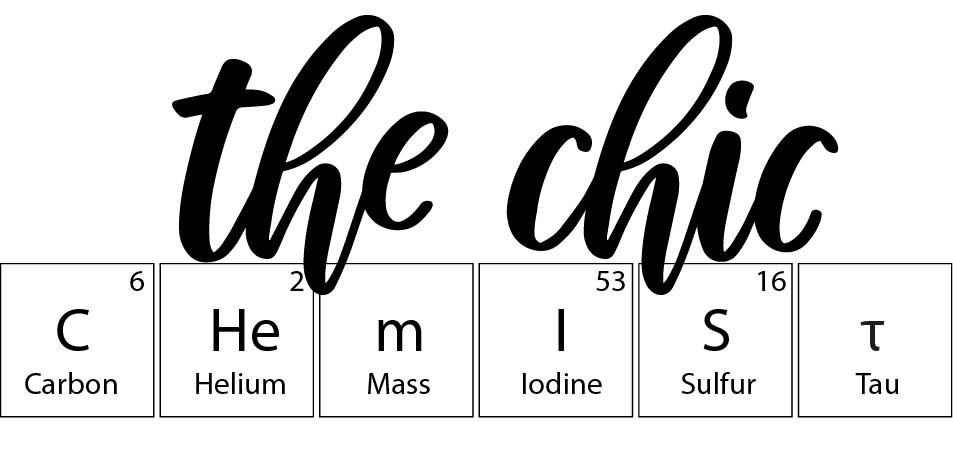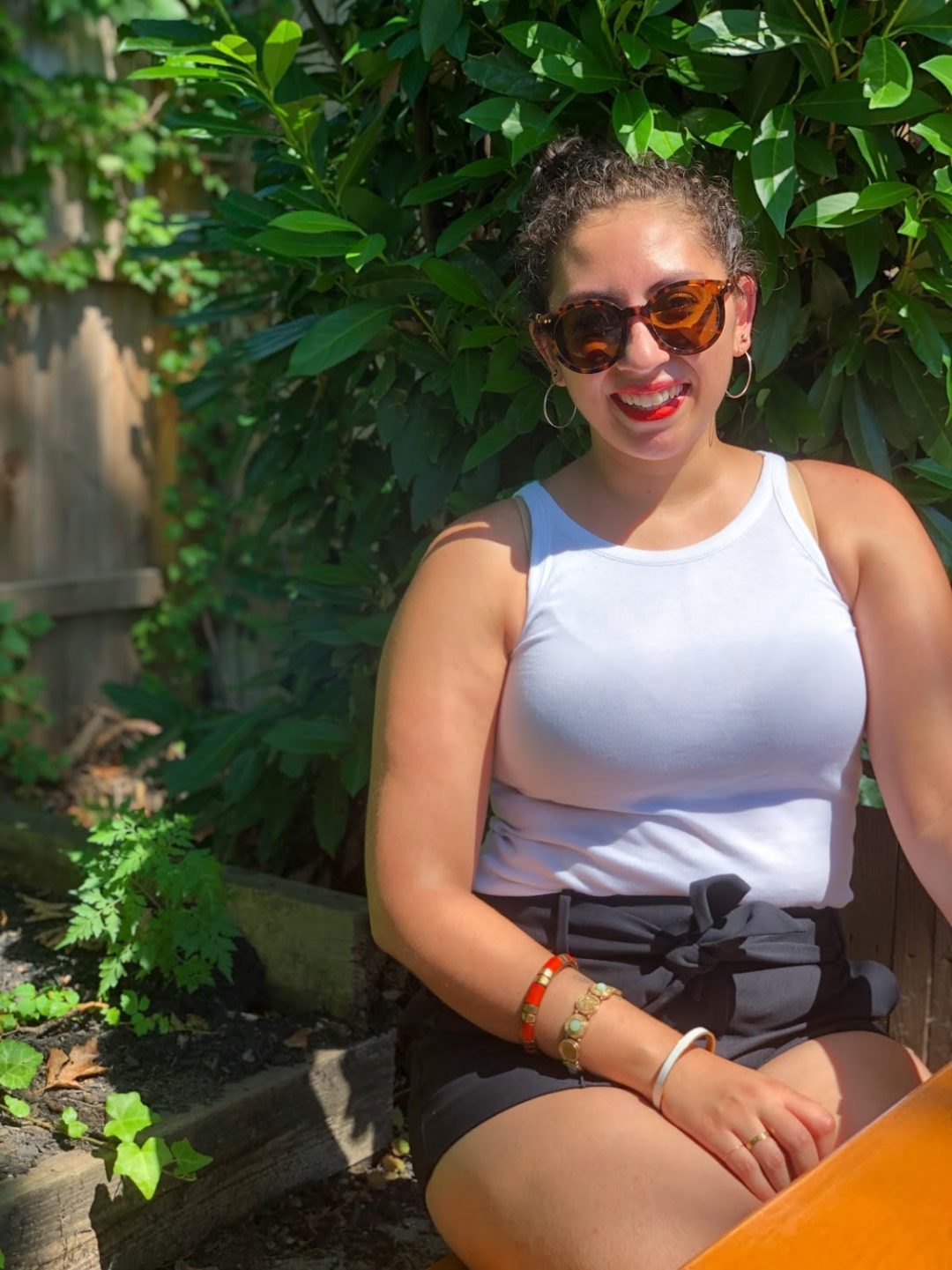No matter what time of year, Michael and I are always looking to have the best lawn in the neighborhood. But to do that, great maintenance is needed. In New Jersey, there is a company with great reviews that focuses on lawns in North Jersey called Onorato Landscaping, LLC. Yes, there are three parts of New Jersey; north, central and south! Central does exist!
This week for Science Sunday we are going to talk about grass and what it actually is and what chemicals are used to make it beautiful and plush. I’ve never actually thought of any of this before I bought a home but there is no better time than the present!
Most grasses belong to the Poacacae family of plants that are known to be the largest and most economically valuable. To date, there are at least 9,000 species of grass across the globe known to man. Our lawns, obviously made of grass, usually last 40 days before each blade dies and is reproduced from the pollen of previous grasses.
Grass can be defined as either C3 or C4 based on their photosynthetic mechanisms. C3 grasses are energy crops for high capacity, low production specifically planted in cool season areas and C4 grasses are warm season grasses. The biological structure is pretty straight forward. What we see on the ground is a stem with leaves. However, underground the roots can either grow vertically or horizontally depending on species. A protective coating surrounds the root called the sheath. Cellulose makes up most of what grass is but varies species to species. Glucose and fructose are the most common monosaccharides (sugar) that occur in grasses.
There is another cool part of grass that some people like and others complain about. The smell which is considered aromatherapy chemistry. The smells that are released are called volatile organic compounds and they increase when we cut grass. The released chemicals are called green leaf volatiles which are a combination of aldehydes and alcohols. The specific chemical name that represents the scent of fresh grass is (Z)-3-hexenal and our noses are able to detect it when grass is cut at 0.25 parts per billion
If you experience any types of allergic symptoms when you are around cut grass, that is completely normal and common. The pollen that is released when the stem of grass is cut causes an allergic reaction in the nose and eyes.
Another super cool fact about grasses is that most of what we eat comes from them! Maize, wheat, barley, rice and millet are all types of grasses! These ingredients are commonly found in cereals and can stand alone as their own meals. These are also important grazing materials for feed for animals.
I know that many people take their lawns very seriously and I totally get it since usually it helps to make the outside of our homes look great! If you’re looking for lawn care maintenance in Bergen County or any type of outdoor hardscaping definitely check out Onorato Landscaping! They have great reviews and plenty of pictures of their work on their website!
Most people use lawn fertilizers composed mostly of nitrogen, potassium, and phosphorus. Nitrogen is responsible for making lawns lush and green. Potassium allows grass to maintain its ability to be resilient in all temperatures and conditions. Phosphorus is added to fertilizers to help the grass grow and develop strong roots over time.
On the other hand, to kill grass you need very specific chemicals called non-selective herbicides which kill grass, weeds, and anything else in their paths. The major chemicals most people use are glyphosate, glufosinate, pelargonic acid, and diquat. Glyphosate is probably the chemical we all know because it is Round Up. Glyphosate is sprayed on the unwanted grasses and takes about 10 days to work its way down to killing the grass. Glufosinate works within 2 days to completely rid of any grasses. Usually people will replant their grass 2 weeks after a glusoniate treatment. Pelargonic acid burns and kills grass upon immediate contact. It is best applied on a warmer day and multiple treatments are needed every 2 hours. Diquat needs a soap to be effective so it is often applied with glyphosate to help get rid of any unwanted grasses. The treatments will take 24 hours to go into effect.
And now some humor for you all…
Sometimes the grass isn’t always greener on the other side 😛
Xox, Z




